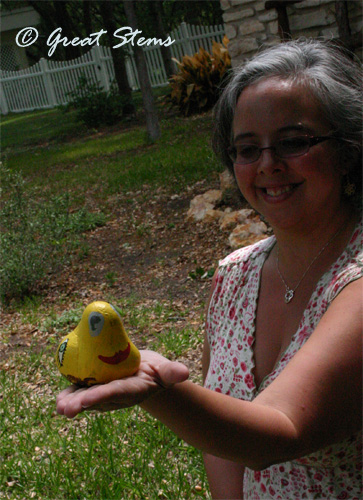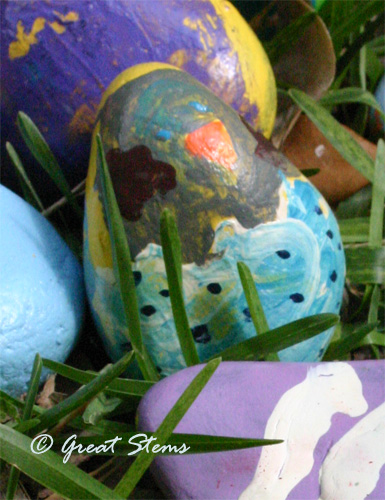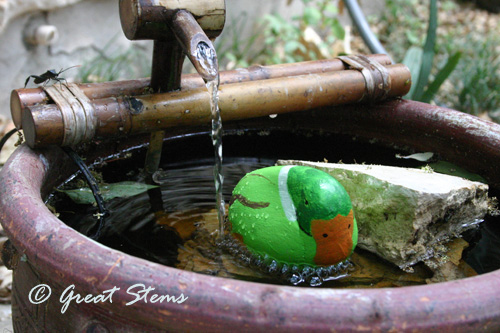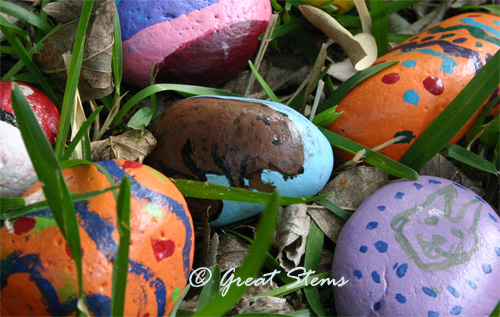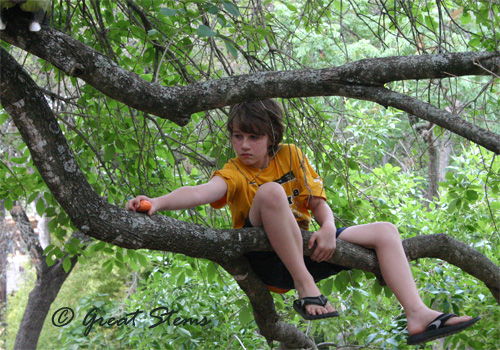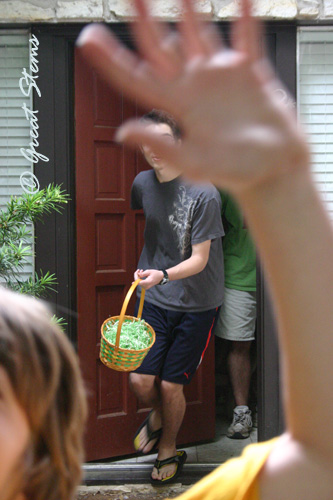This last weekend I had the pleasure of visiting the five homes highlighted on this year’s Gardens on Tour, an annual event sponsored by the Wildflower Center. Native plants and sustainability are always a primary factor in selecting the gardens for this tour, but I found myself as much inspired by the creative use of stone as I was by the different plants and other garden features.
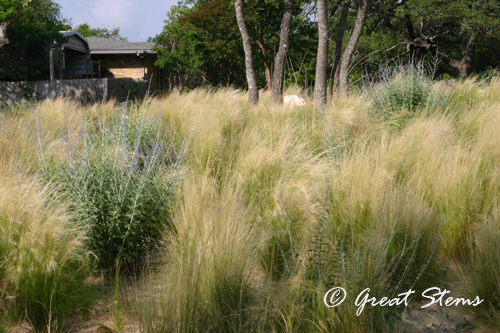
Fellow Austin garden blogger Caroline of Shovel-Ready Garden joined me for the tour. Our first stop was at a Westlake Hills home that overlooks Austin’s green, rolling hills. The most notable feature was out front, a striking combination of the aptly-named Mexican Feathergrass, various agaves, and Salvia leucantha. Caroline remarked that she wanted to run through all that Feathergrass — I knew the feeling, loving the way the wispy grass caught both the breeze and the sunlight.
I was quite fond of the single clump growing out of a large boulder.
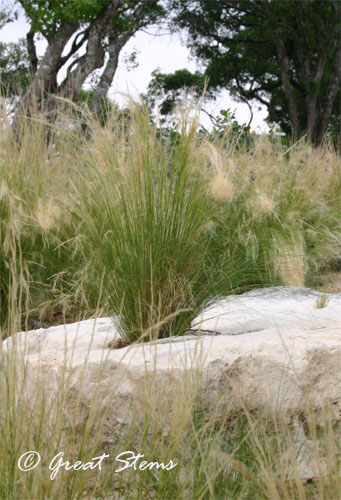
Our next stop proved to be a favorite for many a gardener. The homestyle offices of Tait Moring and their surrounding gardens top a mostly-natural 17-acre property. The landscaped areas offered so many clever and beautiful ideas that I’m certain I missed a lot. I liked that much of the cedar (Ashe Juniper) and rock used in the landscaping was collected directly from the larger property.
The unique stonework on the raised beds was just a taste of things to come.
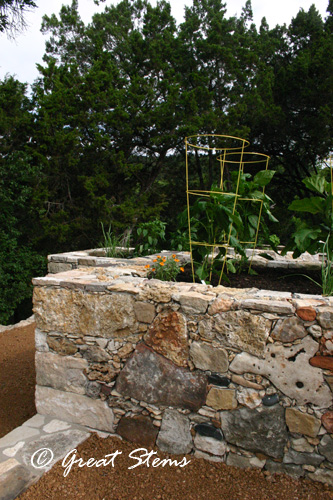
This tank pond was a brilliant transition point from one level to another, and I love the combination of the stone exterior with the tank pond inside.

As you walk up to one of the lawn areas, two container-topped pedestals stand like sentries.
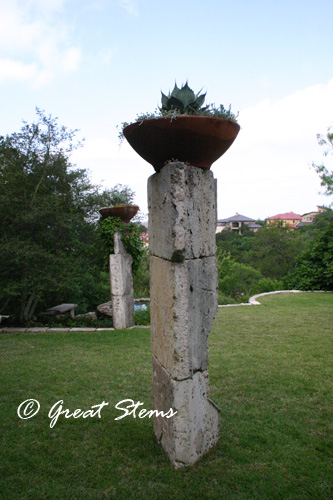
In selecting plants, the landscape designers used a combination of natives and non-natives, always experimenting to see what grows well.
 Among the greenery, this stone bench really stands out, as far as seats go.
Among the greenery, this stone bench really stands out, as far as seats go.
I have always wanted a bubbling rock and am ever on the lookout for a rock that seems “just right.” Of course, drilling equipment would be handy, too.
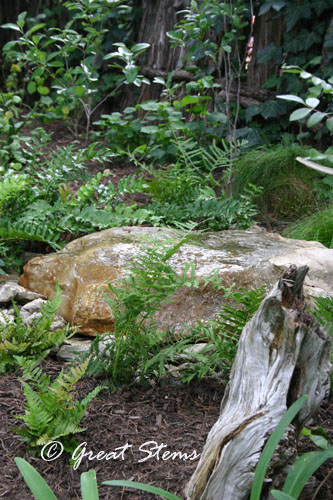
If I could line my whole yard with a stone wall like this one, I would. Masterful placement of large and small rocks, fossils, glass, and stone art create a handsome partition.
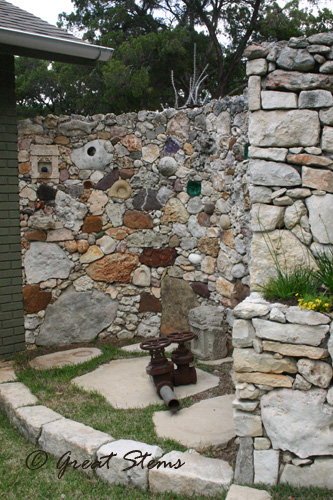
On the other side, a window of sorts adds fantastic interest.
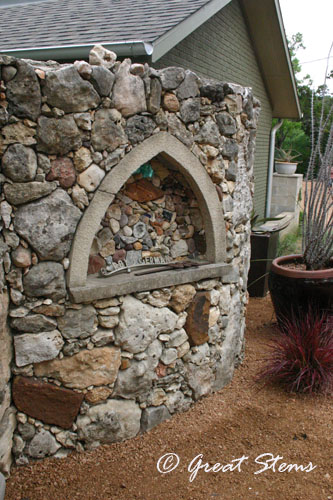
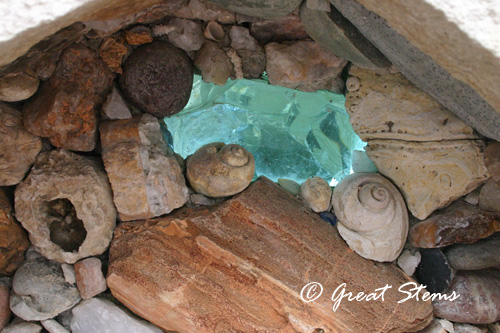
To get from one side to the other, you must pass under a cedar arch that provides the perfect overhead framing to a simple but tall cedar gate.
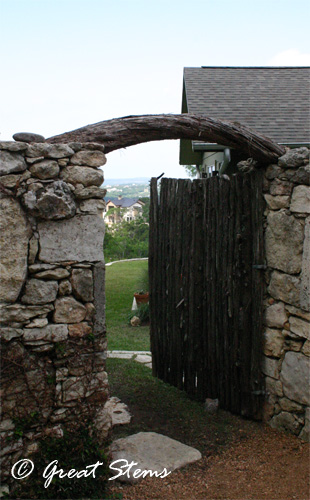
Loved it. Want it.
Moving on to Stratford Drive, another arch, this one more horn-like, commands the attention of visitors as they approach the property.
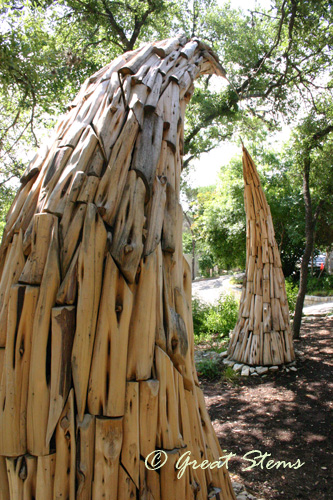

The archway leads visitors to the front of a dreamy, modern multi-story LEED-certified home set on a very rocky and unforgiving hillside.
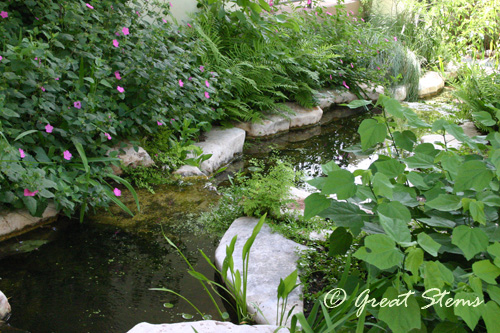
A native-lined stream flows along the front of the house. Near its end is a beautiful metal gate, the design of which is repeated in other areas of the complex architecture.
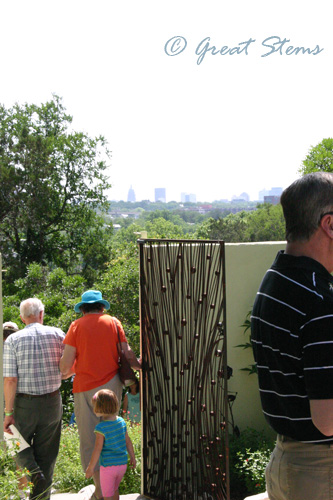
Here is a view of the back of the house, which gets a fantastic view of the Austin cityscape, as seen in the gate photo above.
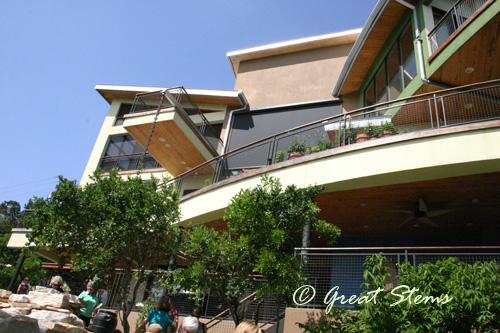
Note the very long rain chain that hangs from the jutting balcony.
The homeowners hired two design companies for much of their work, requesting sustainable landscape practices and a majority of native plants.
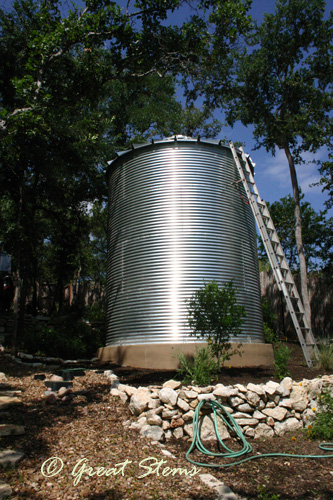
Two giant tanks collect roof water at the Stratford home. This tank was so big, I kept envisioning the opening scene of that old TV show, Petticoat Junction, where three young ladies take a dip in the town’s water tank, hanging their petticoats off the side. No petticoats here, though.
 The designers used different types of stone to create both formal and more naturalistic pathways. I loved the look of these stairs that descend the steep slope, but I’m curious what it’s like to walk on them fresh after a rain. My tuckus still aches after all these years since the last time I fell on stone steps.
The designers used different types of stone to create both formal and more naturalistic pathways. I loved the look of these stairs that descend the steep slope, but I’m curious what it’s like to walk on them fresh after a rain. My tuckus still aches after all these years since the last time I fell on stone steps.
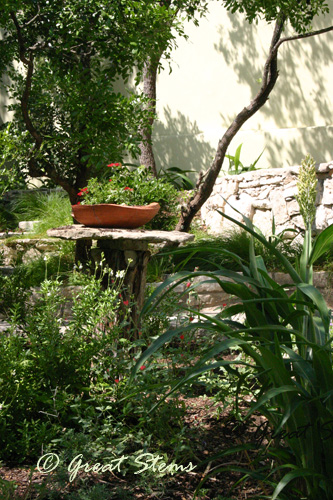 Despite the obvious expense put toward the “natural elegance” of the property, I appreciated the presence of achievable touches that budget-bound folks like me can consider. This lovely container garden set upon a rock and wood pedestal is something I’m going to work on.
Despite the obvious expense put toward the “natural elegance” of the property, I appreciated the presence of achievable touches that budget-bound folks like me can consider. This lovely container garden set upon a rock and wood pedestal is something I’m going to work on.
 And though a pool isn’t something one can really call sustainable, I feel obligated to show a picture of the multi-tiered pool — a hot tub at the top feeds the waterfall which drips into the pool which flows into an additional level below (unseen in this picture). Wow.
And though a pool isn’t something one can really call sustainable, I feel obligated to show a picture of the multi-tiered pool — a hot tub at the top feeds the waterfall which drips into the pool which flows into an additional level below (unseen in this picture). Wow.
Over at the Eanes Circle garden, visitors walked along river rock pathways that had the look but not the function of a dry streambed.
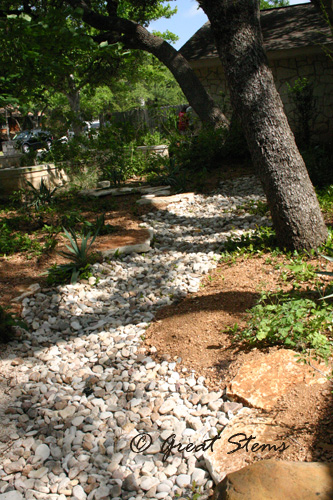
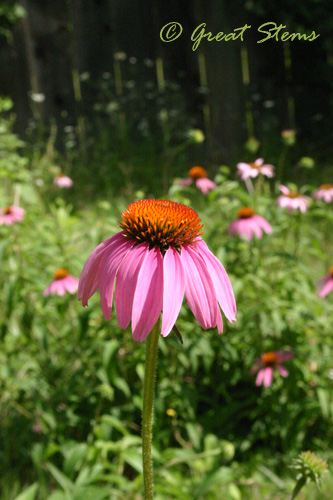 I found myself drawn to the Purple Coneflowers up front, along with the areas of Goldenrod, Buffalo Grass, and fading Bluebonnets, which had gone to seed but will be gorgeous again next year, I’m sure.
I found myself drawn to the Purple Coneflowers up front, along with the areas of Goldenrod, Buffalo Grass, and fading Bluebonnets, which had gone to seed but will be gorgeous again next year, I’m sure.
In the front, a rather large rock sat atop a tiled patio. As much as I love the use of rock in a garden, I confess that this one had me rather confused.
 Below the center hole is a small pond of sorts, but you can only see it if you look down upon it from above. The pump in there wasn’t strong enough to send the water upward out of the boulder as a fountain, but perhaps the pump was on a low setting, or maybe that wasn’t the intention at all. The wildlife gardener in me feared for any animal that made any sort of attempt to get to the water, assuming it might actually discover it — without an escape route built into the pond, the animal would likely drown. So, great potential for the unique and interesting rock, but as is, it didn’t work for me.
Below the center hole is a small pond of sorts, but you can only see it if you look down upon it from above. The pump in there wasn’t strong enough to send the water upward out of the boulder as a fountain, but perhaps the pump was on a low setting, or maybe that wasn’t the intention at all. The wildlife gardener in me feared for any animal that made any sort of attempt to get to the water, assuming it might actually discover it — without an escape route built into the pond, the animal would likely drown. So, great potential for the unique and interesting rock, but as is, it didn’t work for me.
The final garden on the tour, with the exception of the Wildflower Center itself, was the Monroe house. Its dry streambed aids in drainage from the house, with dual bridges to the side doors — a steel grate as one, the other of stone.
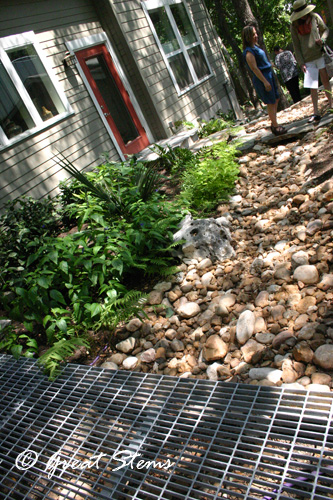
Stone steps lead down the slope to the backyard, where a custom light arches over an outdoor table.

Two large tanks stand ready to collect rainwater. That’s a lot of water for the lower shaded garden — since most of the garden is upslope from the tanks, I’m curious how much of the water actually gets used.
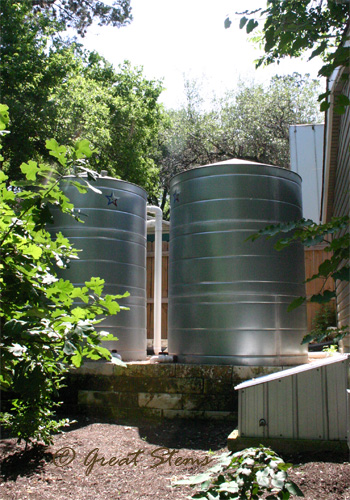
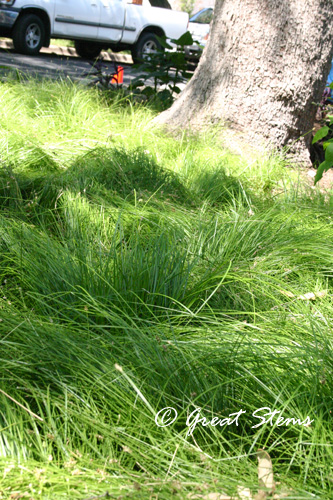
Up at the front, Berkeley Sedges provide a lovely mounding alternative to a lawn. I definitely want to figure out a way to use sedges in my front yard — I love how they look.
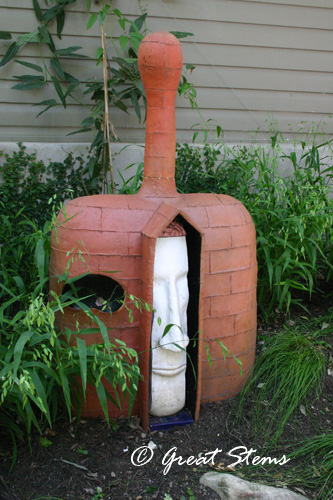 There’s that whimsy that always finds its way into Austin gardens! This one definitely qualifies as “different.”
There’s that whimsy that always finds its way into Austin gardens! This one definitely qualifies as “different.”
Caroline, I’m so glad for your company on this tour, and to all the homeowners and the Wildflower Center, thanks for making this possible. I am much inspired!
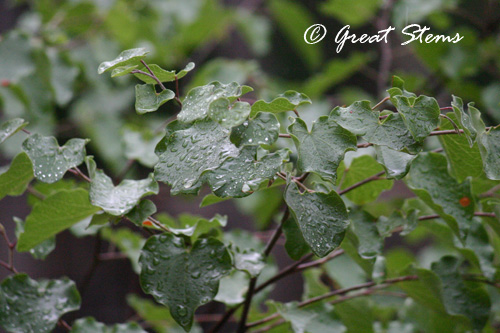 I stopped to do my happy rain dance, then I figured I might as well take a moment to finish the blog post I started yesterday. So…
I stopped to do my happy rain dance, then I figured I might as well take a moment to finish the blog post I started yesterday. So…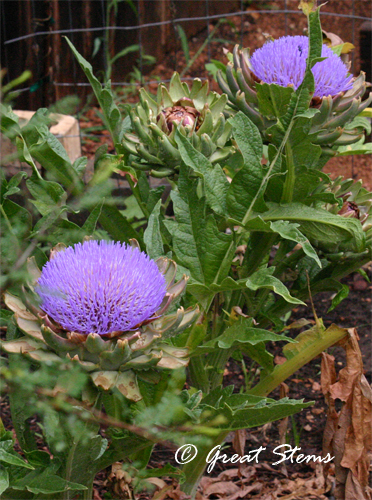
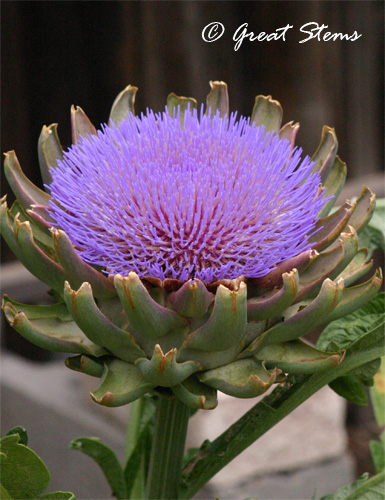 It’s giant, it’s purple, it’s spectacular, and it’s in my garden! The bees love it. They dig deep past the petals to reach the pollen, and their cute little bee butts stick out. I wish I’d caught a picture.
It’s giant, it’s purple, it’s spectacular, and it’s in my garden! The bees love it. They dig deep past the petals to reach the pollen, and their cute little bee butts stick out. I wish I’d caught a picture.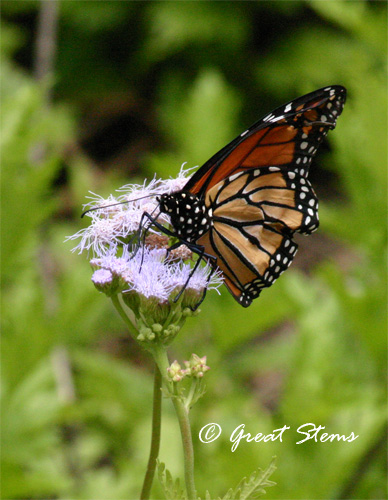 A lone male monarch stopped by — I was glad to be able to offer it nectar beverages, as its wings were not in the best of shape. It looked like the wings had been that way since emerging from the chrysalis. Poor thing, that must make flying long distances a challenge.
A lone male monarch stopped by — I was glad to be able to offer it nectar beverages, as its wings were not in the best of shape. It looked like the wings had been that way since emerging from the chrysalis. Poor thing, that must make flying long distances a challenge.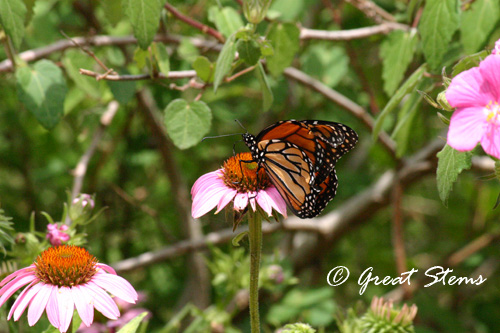
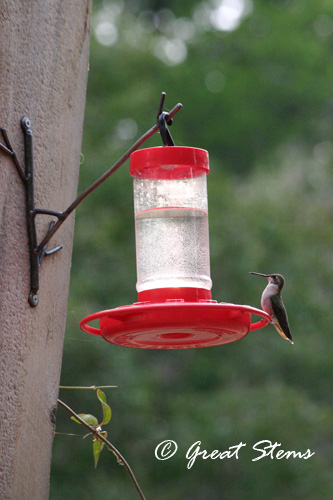
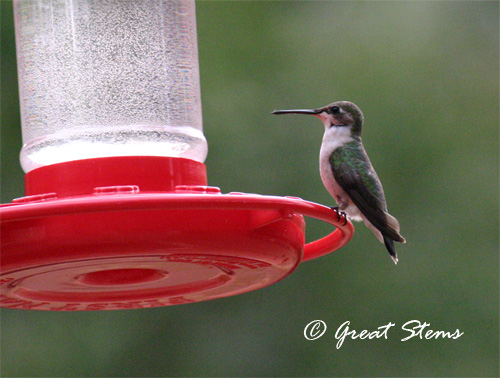
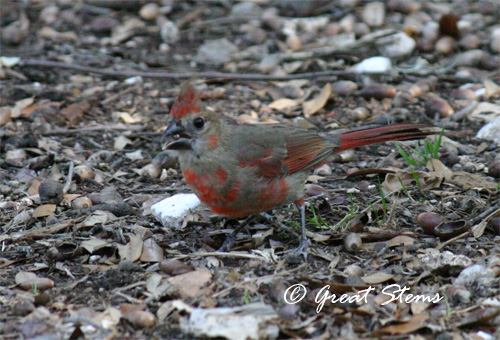 See its dark beak? Baby cardinals’ beaks start out dark, then become orange as they get a little older.
See its dark beak? Baby cardinals’ beaks start out dark, then become orange as they get a little older.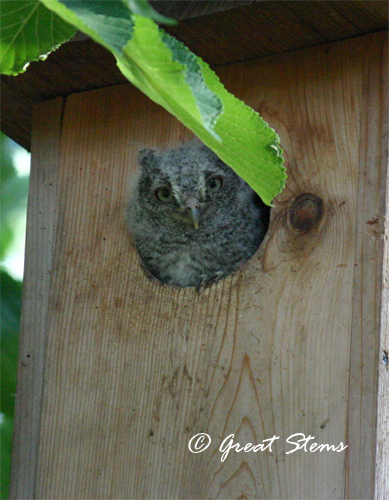 Fly well, little Screech Owl!
Fly well, little Screech Owl!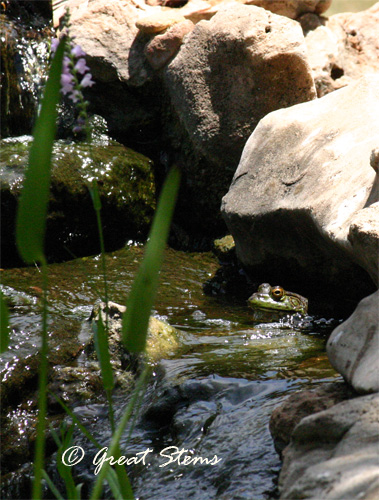
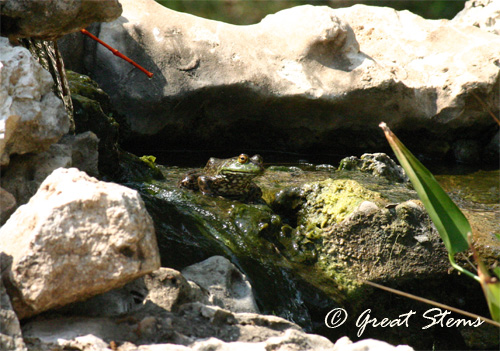
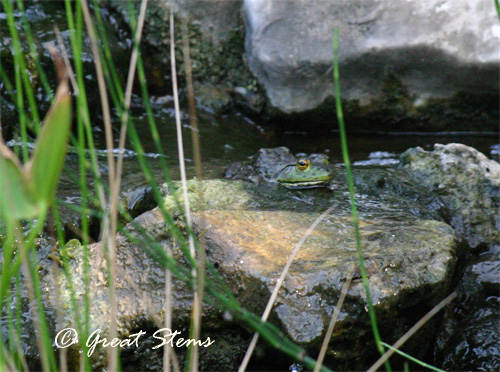
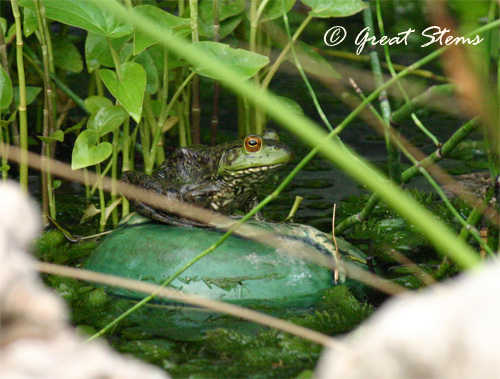
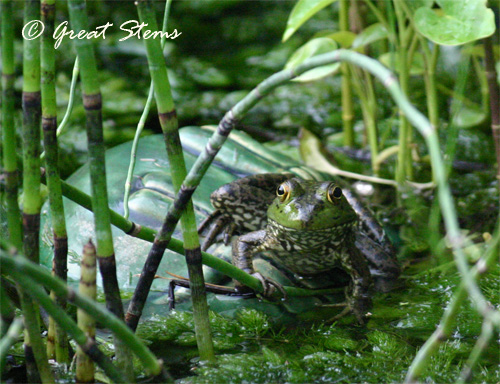
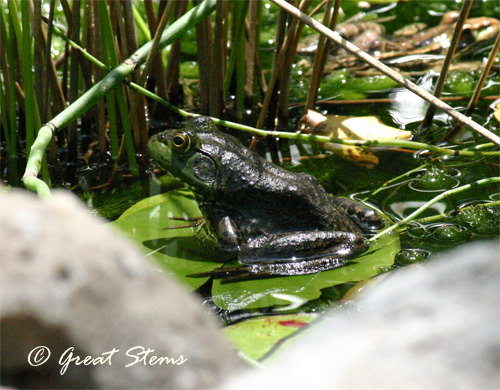
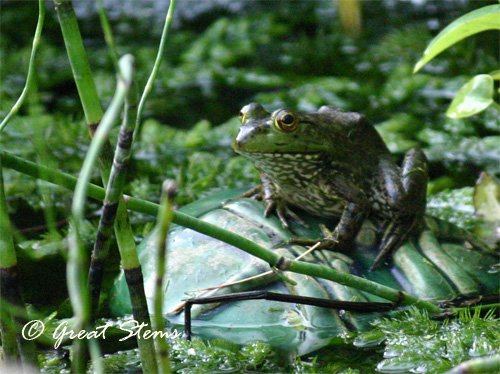
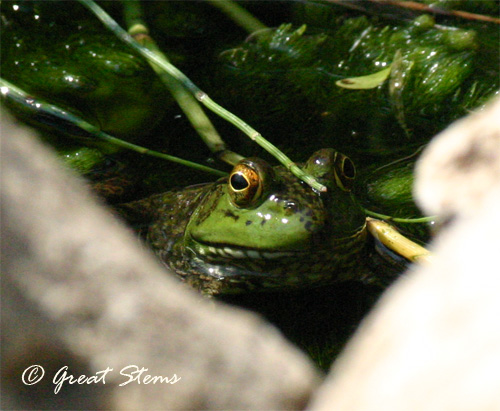
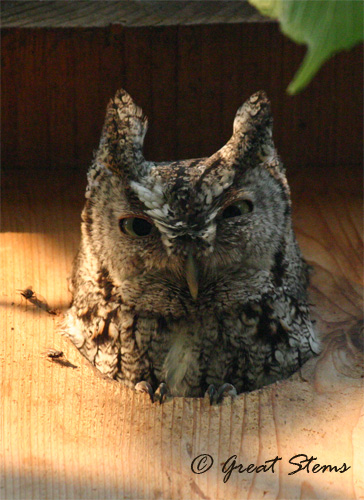
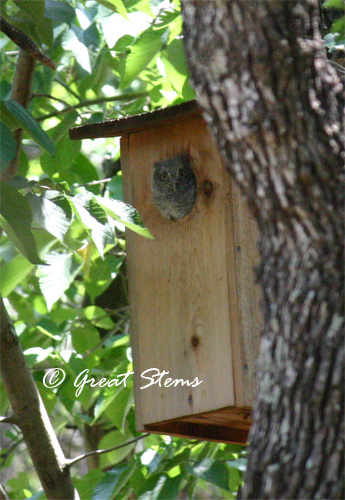
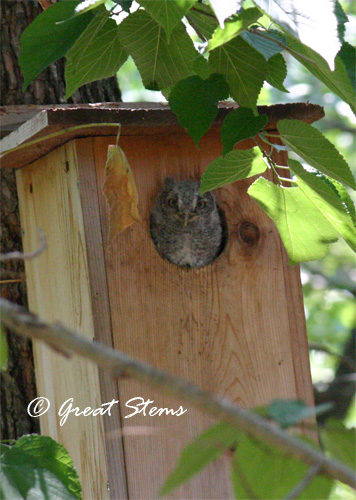
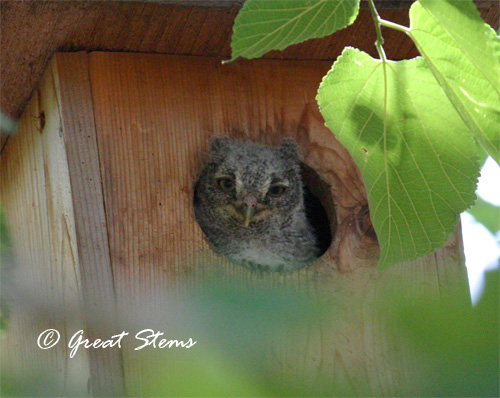





























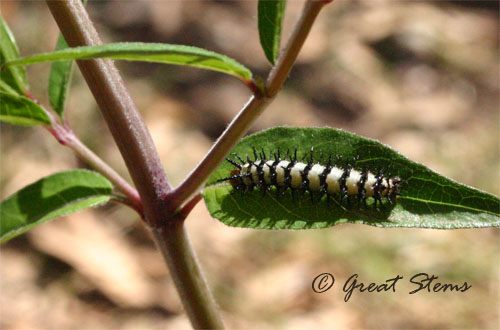
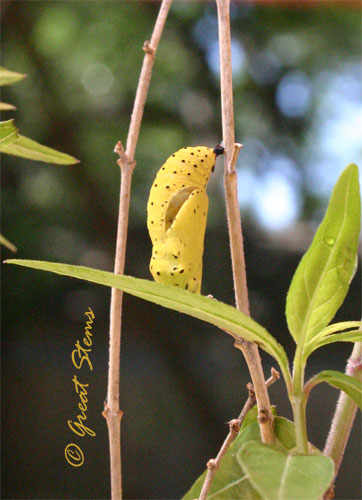
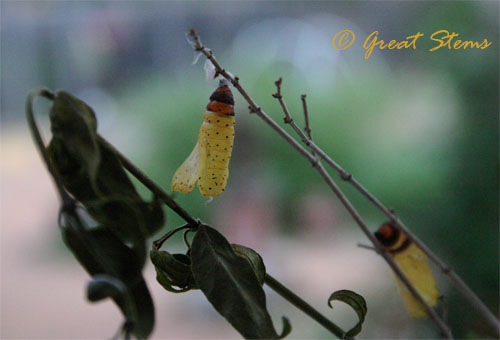
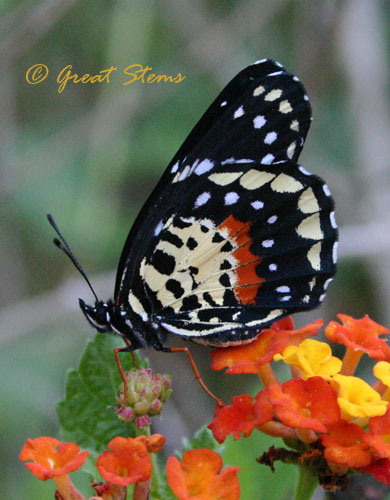
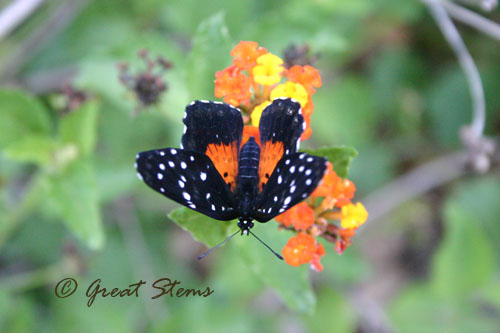
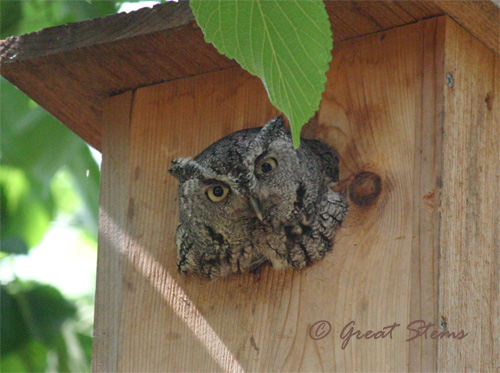
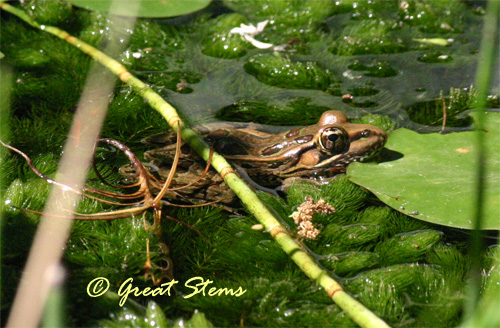
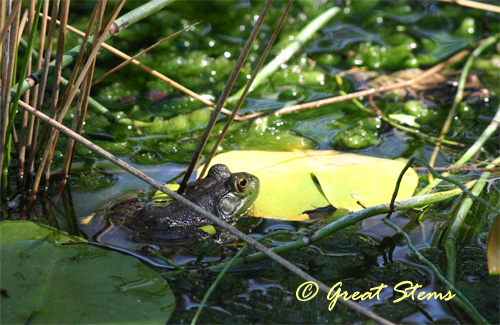
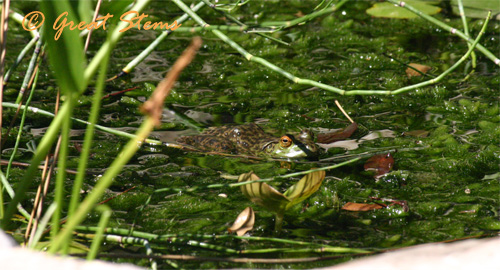
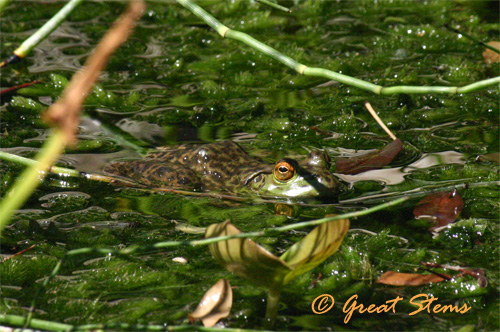
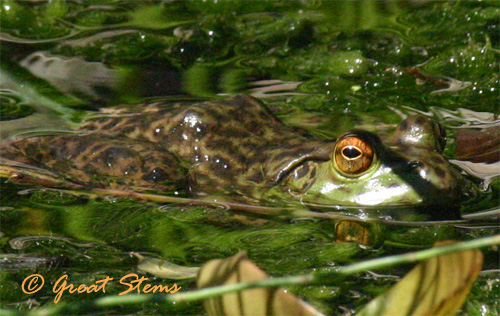
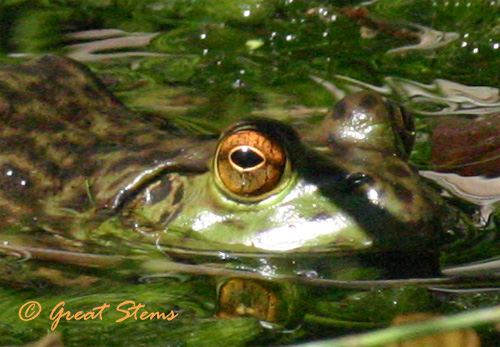
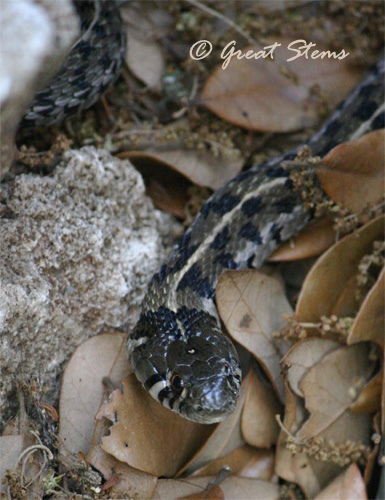
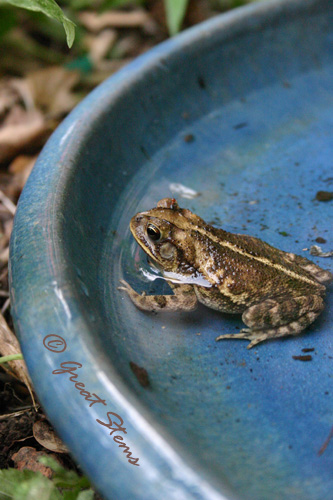
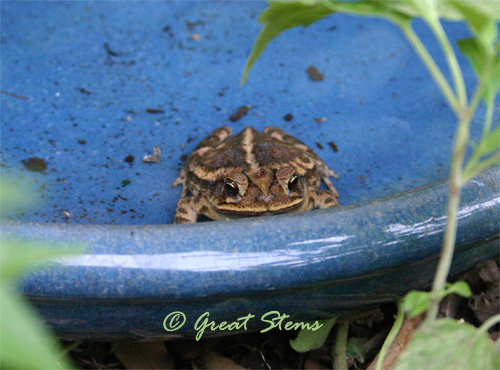
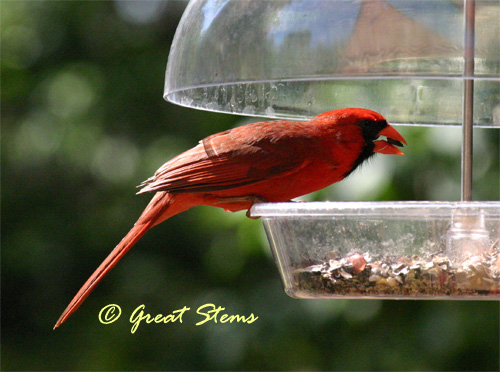
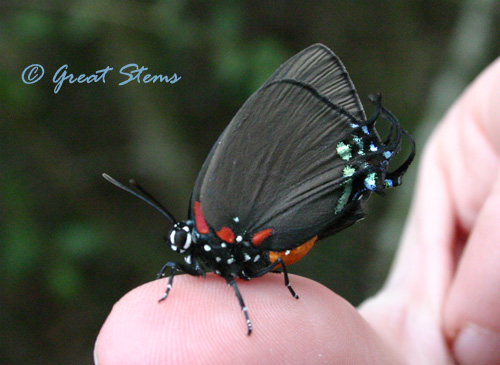
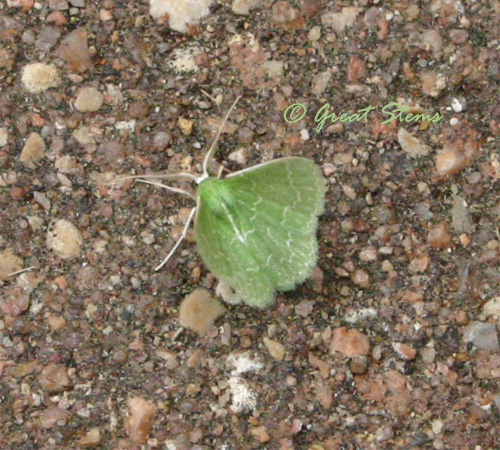
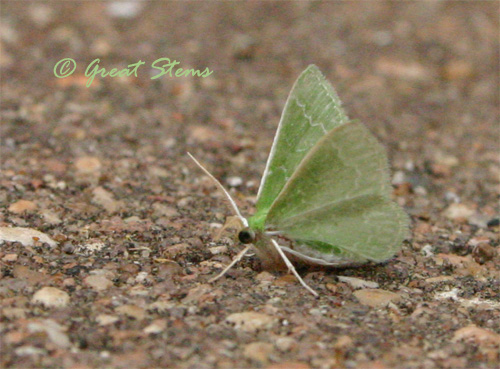
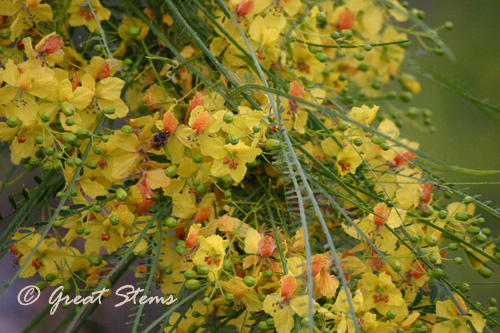
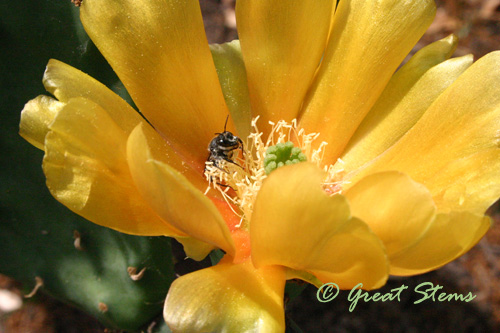
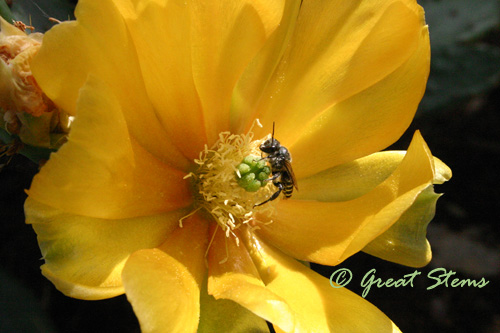
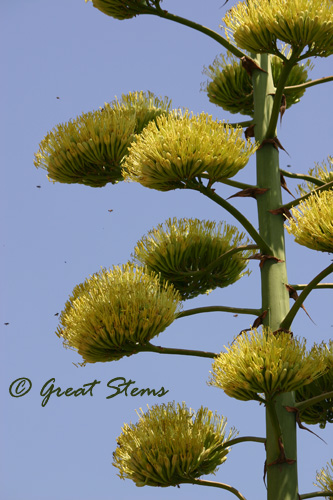
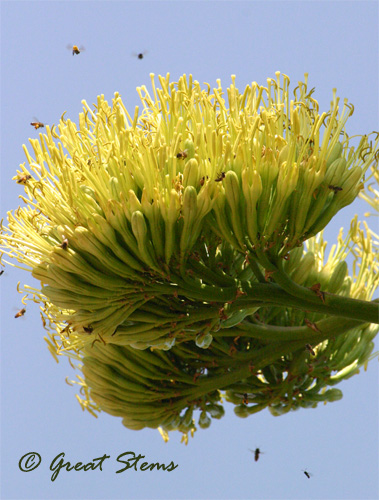
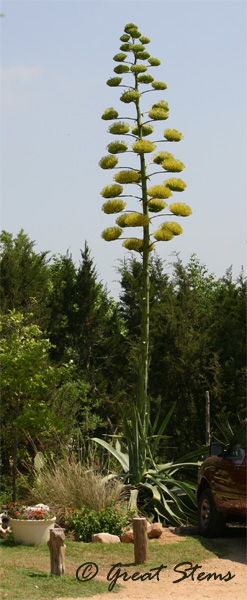
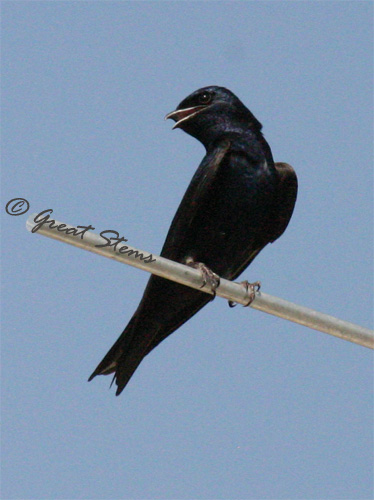
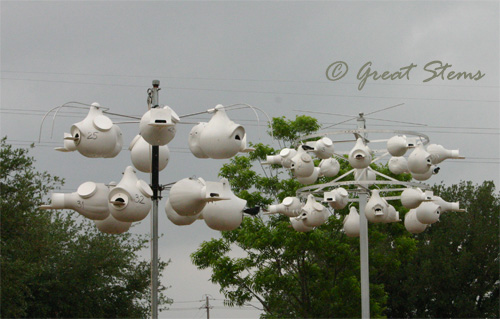
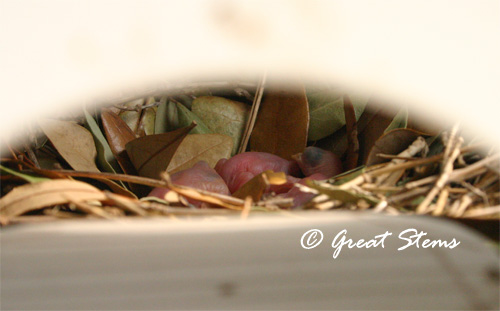
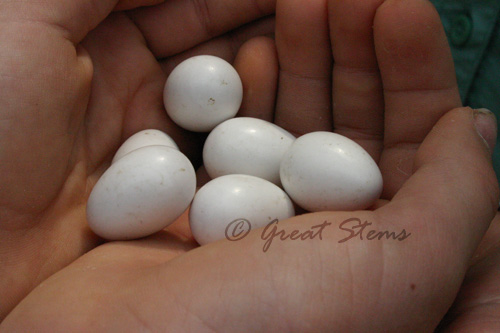
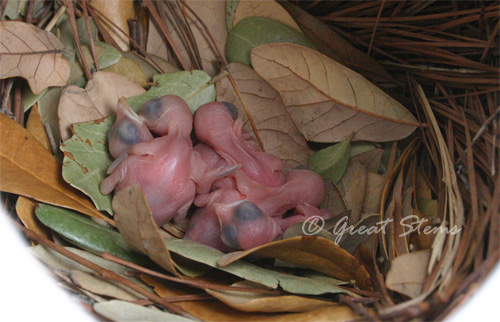
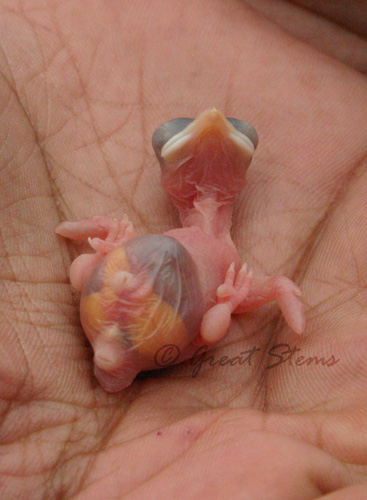
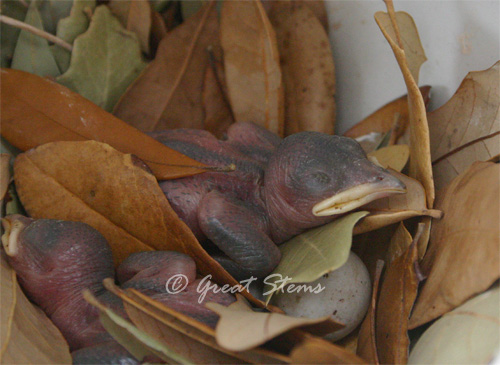
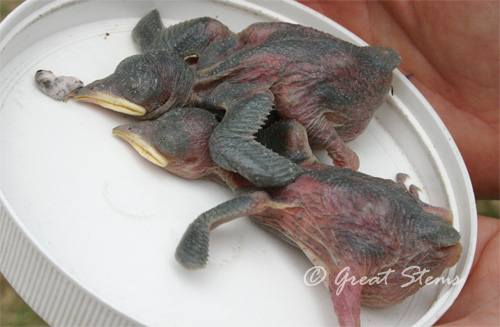 Over the next few days, the eyes will fully open and the pin feathers will emerge even farther.
Over the next few days, the eyes will fully open and the pin feathers will emerge even farther.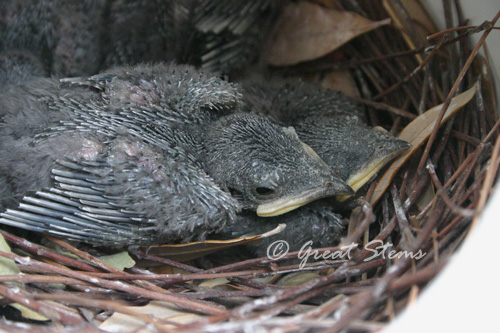
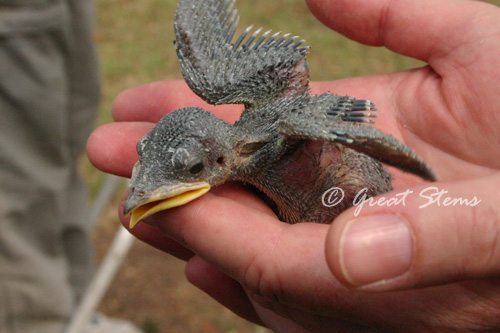
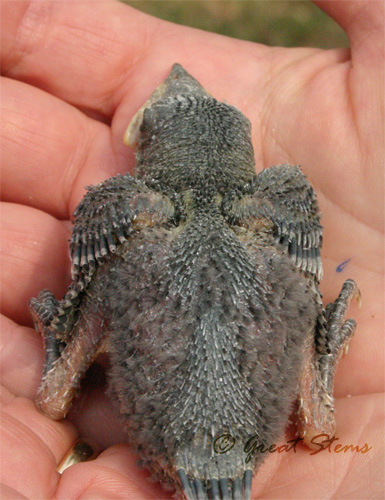
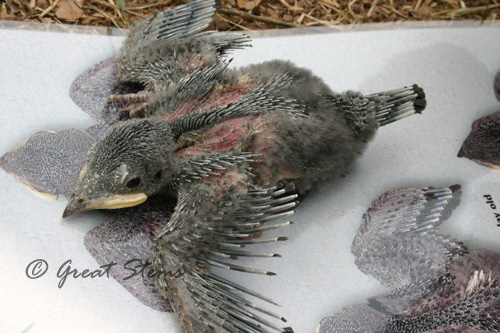
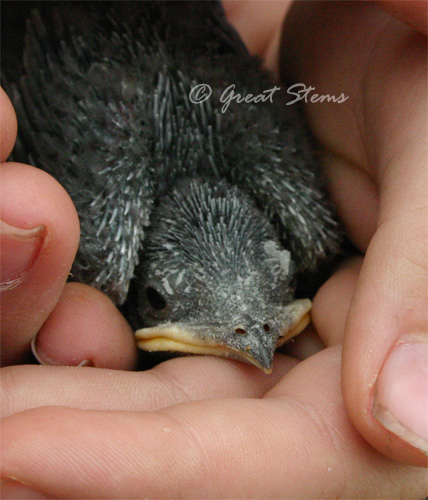 It was Hatching Day in one nest, and this was soooooo exciting.
It was Hatching Day in one nest, and this was soooooo exciting.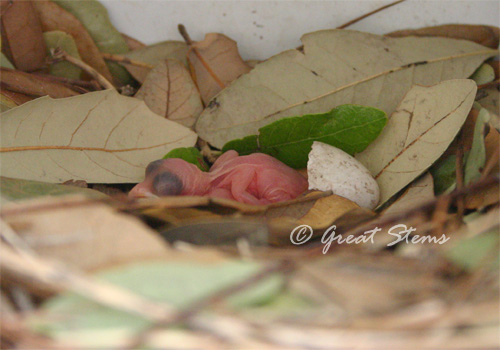
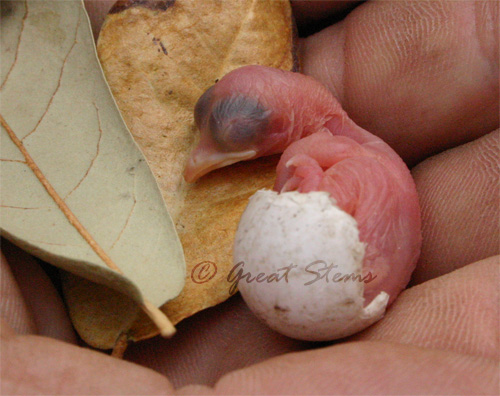
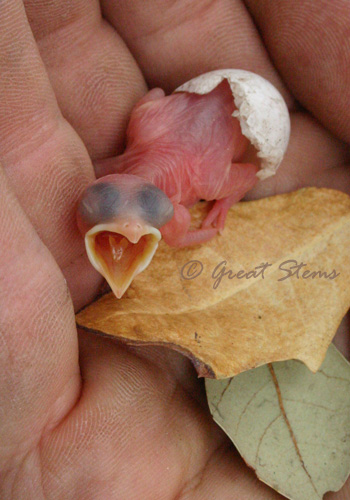
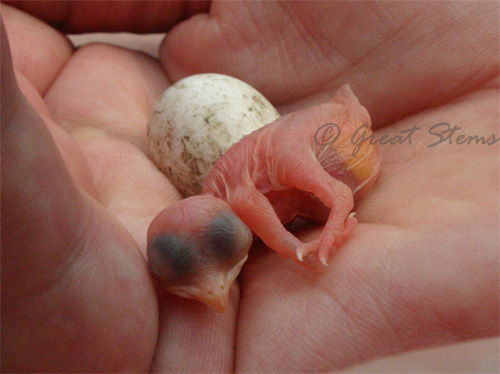
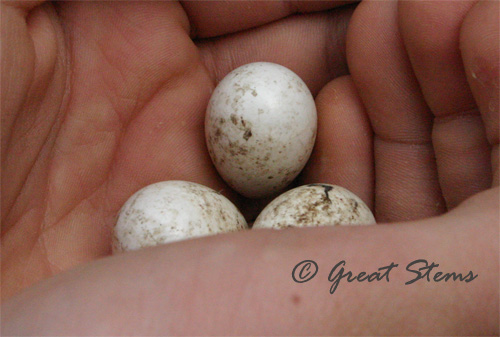
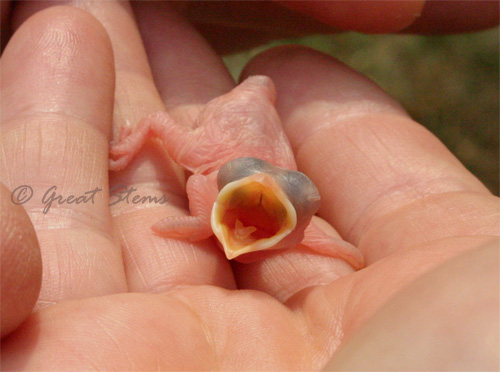
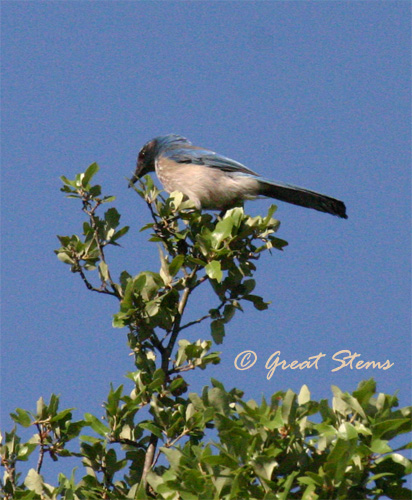
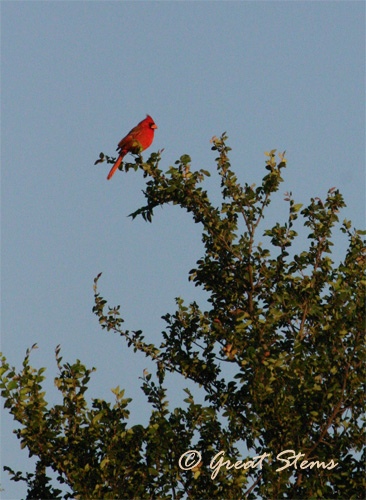
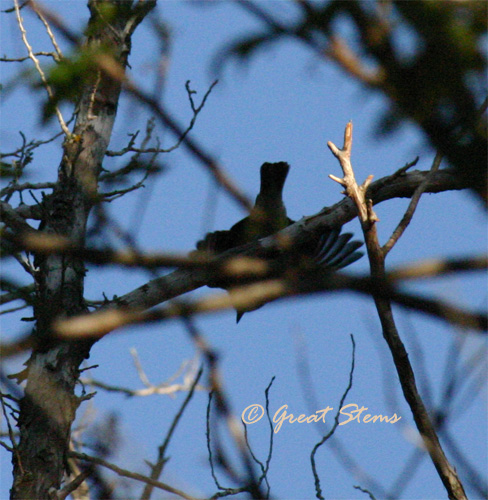
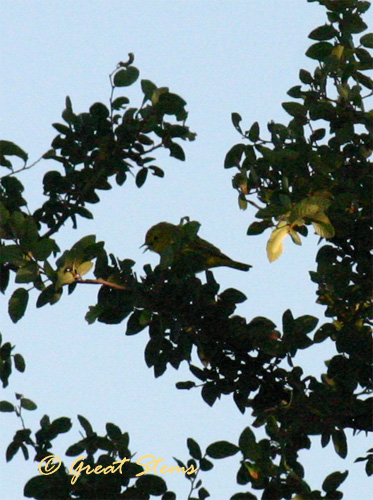
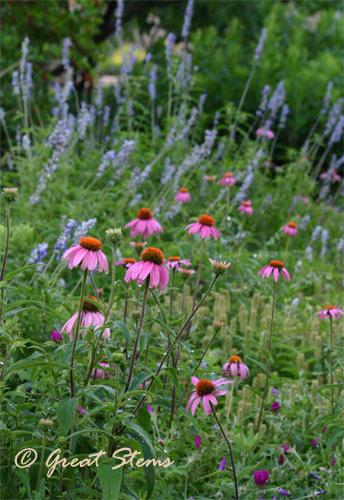
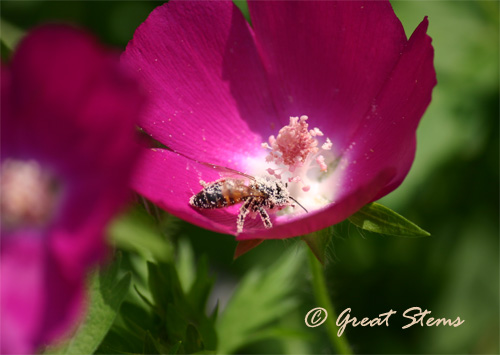
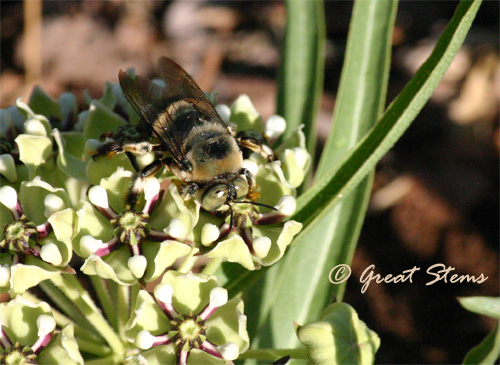
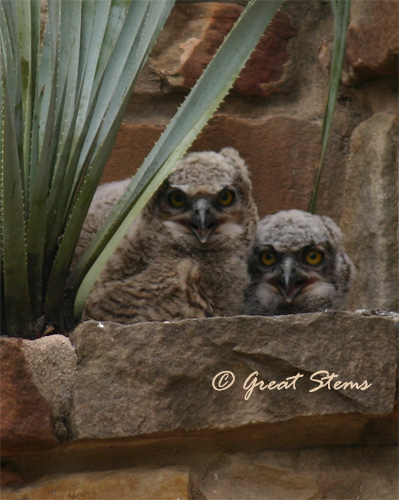
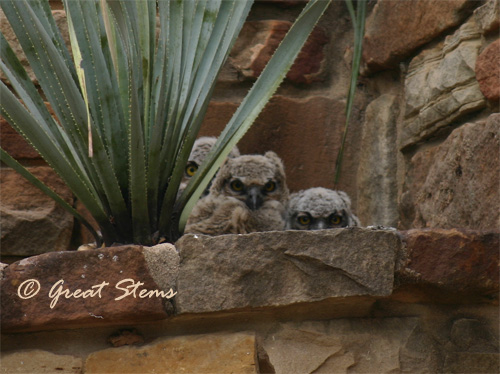
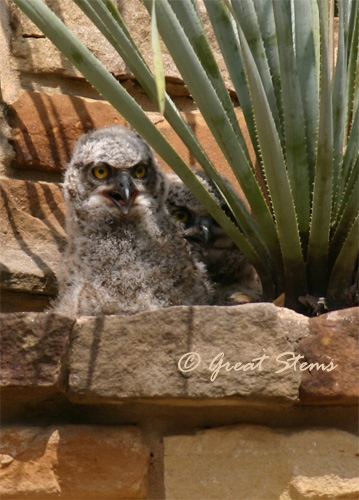
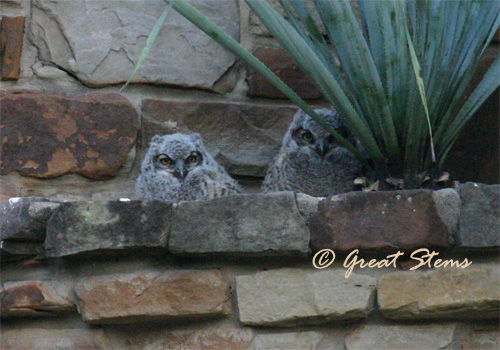
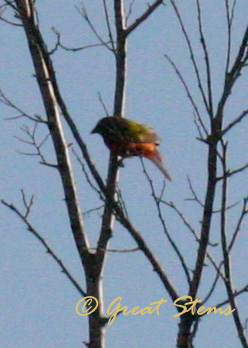


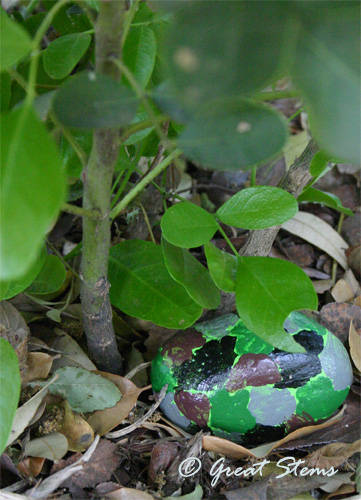
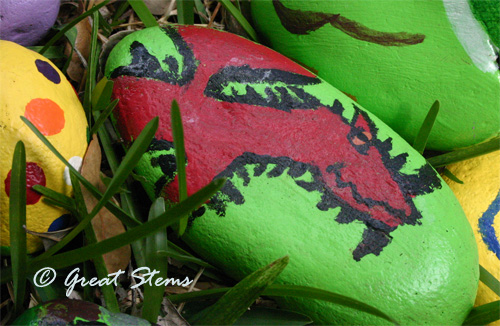
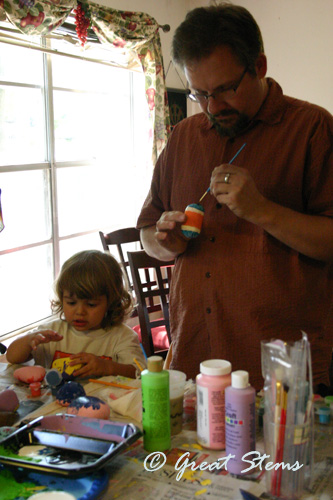
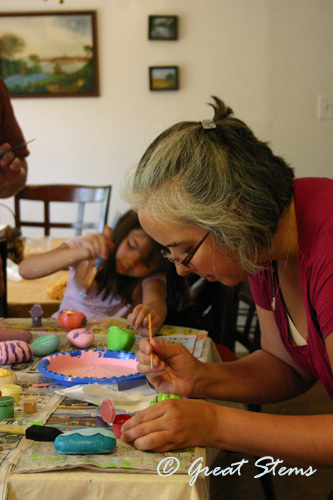 Between our two families, we painted 77 rocks. That’s only a mere bucketful, mind you!
Between our two families, we painted 77 rocks. That’s only a mere bucketful, mind you! 

